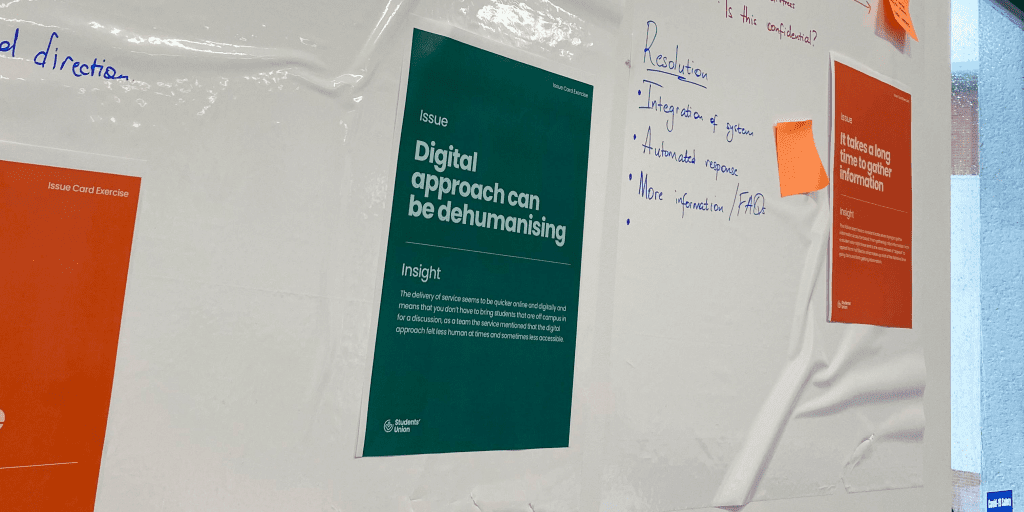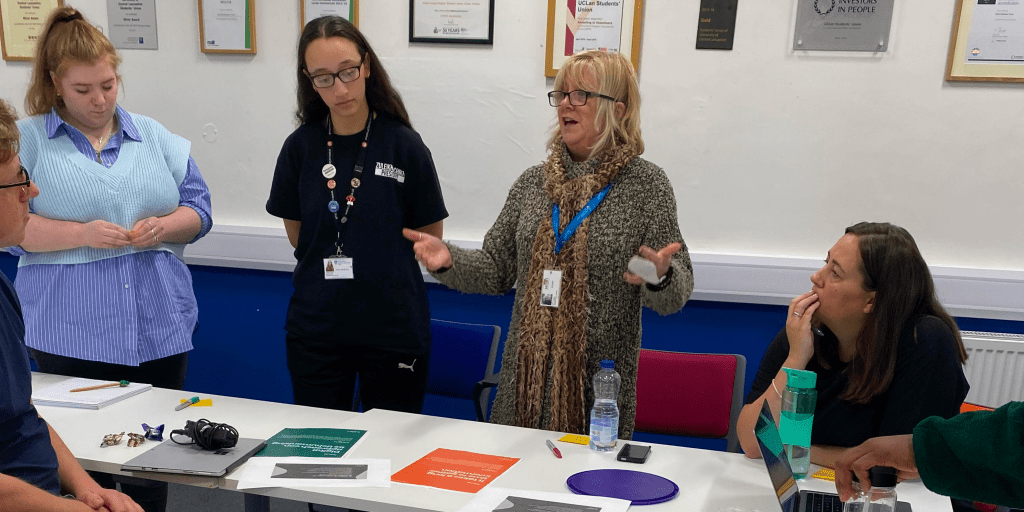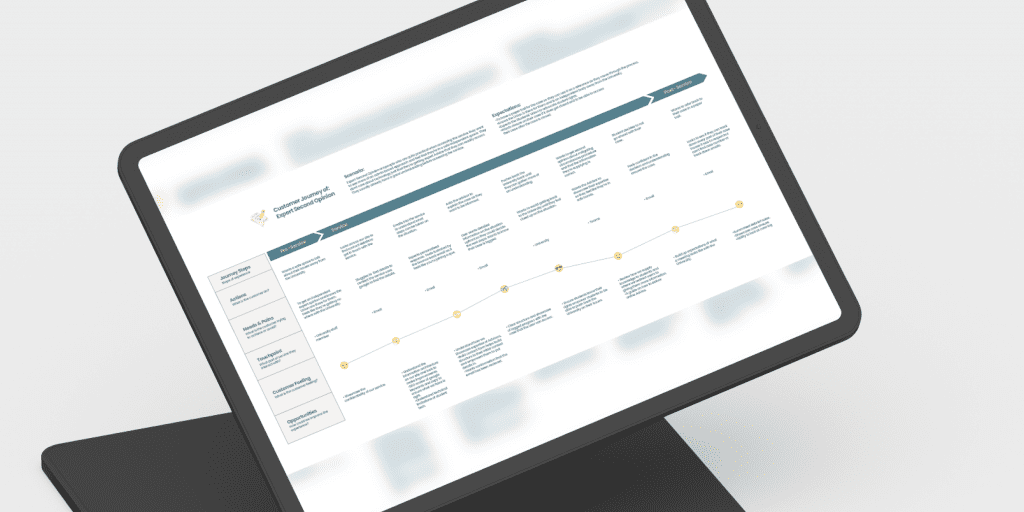Summary
Deliver customer journey insight & digital service improvements strategy to create a better experience for users.
Outcome
Increase in users able to self-serve on digital platforms and improved data gathering from service users.

About
The Advice Service had moved to giving digital Advice to a growing population of students with issues spanning mental health, academic matters & financial hardship which led to an increase in students using the Advice Service. The Service saw a 65% growth in student numbers from 2019 to 2020 and had a disjointed approach to the customer journey, having noticed this I saw an opportunity to make a better service experience that worked for both staff and users and involved all relevant stakeholders.
Kick off
I began by speaking to Advisors in 1:1 discussion asking the experts to try and understand the challenges that staff were facing and their thoughts on what problems students might be having with the service. This helped me develop hypotheses and present back to stakeholders the need for this work showing quantitative data and hypotheses indicating a need for this project.
Defining the vision
I created a vision and workstreams to help align both staff and relevant stakeholders understanding of the project. To better evaluate the success of the project and to ensure that the project was a success I put together a set of metrics to evaluate the process against which were reducing advisor and user interaction to create more meaningful interactions and help customer satisfaction levels.
Navigating opportunities
From the 1:1 discussions I mapped out all of the discussion notes and looked for consistent trends between all of the Advisors, devising a set of problem statements to build into issue cards to share with staff and stakeholders.
•It takes a long time to gather information from students.
•Students don’t know where their case is up to.
•The service has multiple interaction points across phone to email.
•Digital Service delivery can be dehumanising.
•There is an information barrier around the complexity of Advice lingo.
•Users don’t understand the process for their case.
•Signposting to other services can be frustrating.
•Students don’t understand what the service offers.
Facilitating a workshop I ran through the issue cards with the Advice & Rep Team to talk through our assumptions, users motivations and potential solutions for the gathered insight.

Interviews
Once I had rounded up the findings I began by putting together discussion guides to speak to service users which had questions around their problems but also allowed me to further test some of the issues that staff faced.
Are users facing these issues that I’ve outlined?
What are the key challenges of the users?
What are the students expectations when they interact with the service?
What outside pressures are they facing?
Building Empathy
The next step was turning the data I had gathered into key insight for the team to further help them understand users. I broke down interviews into an affinity map trying to understand users, goals, needs, feelings and behaviours and grouping these to build persona’s and outline the challenges they face.
From the personas I designed journey maps to help understand how different types of students interact with the service before, during and after to help outline potential opportunities to help support users using the service.
As a service it was clear we needed to
- Support staff in the delivery of the service
- Empower students to access our content
- Prevent cases

Building out digital improvements
Using the journey maps and the analytical data I had gathered from Mouseflow and Google Analytics there were some clear digital iterations to the service that could be made and journey improvements for users. There were a few improvements that I made based on the research with users:
- Reducing the content structure of the page and removing complex jargon
- Improving the backend of forms and the data collected by the advice service so students submit the right information at the right time
- Create an FAQ page considering how components can help users navigate information to help reduce the strain on the service and help users in their advice journey
- Worked with Marketing to implement a brand campaign around the advice service
Additionally there were more improvements that could be made. I created a backlog of digital and service level improvements to continue working on the workstreams.
Outcomes
- Help onboard stakeholders in discovery work uncovering digital and tangible experiences to improve users experience identifying pain points in the user journey
- Defined three deliverable worksteams to help encompass the work
- Used research to define outcomes for the business and help stakeholders in a user centric mindset building empathy for users
- Increase of service users self serving from advice content
- Improved data gathering of service users leading to better client outcomes